
Researchers seek to identify new serological biomarkers that could better characterize Sjogren’s syndrome and overcome the limitations of traditional antibodies.

Researchers seek to identify new serological biomarkers that could better characterize Sjogren’s syndrome and overcome the limitations of traditional antibodies.
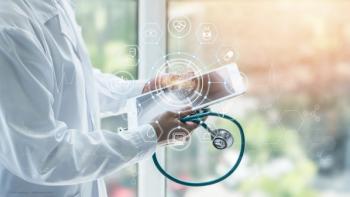
Option could prove to enhance safety for both patients and staff.
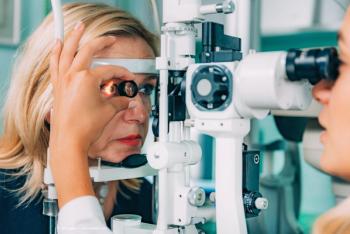
UK physician notes a full systemic work-up needed to determine source of infection.

Investigators determine that patient rates of adherence with gonioscopy are low.

Patients frequently require a multidisciplinary approach.

Investigators find increased treatment regimen is effective and long-lasting for patients.
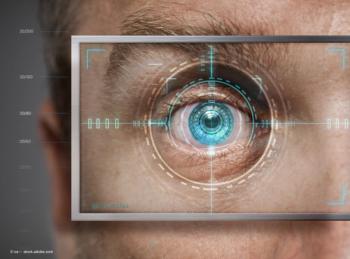
Clues to dangerous etiologies include pain and positive imaging findings.

Aggressive lubrication combined with topical steroids, antibiotics boosts chances of recovery.

The method by which sedation is applied to keep patients relaxed and comfortable throughout cataract surgery can be tailored similar to that of anesthesia — surgical anesthesia is not a one size fits all endeavor.

Sublingual troche sedation represents attractive anesthesia option for specific subset of patients with cataracts.

TCT can offer survival benefits for patients with a wide range of cancer diagnoses.
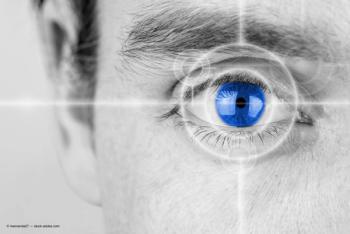
The results from Diabetic Retinopathy Clinical Research Network protocols have become the standard of care for treating DME and proliferative diabetic retinopathy.
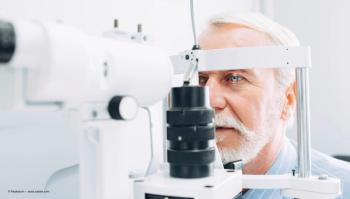
Ophthalmologists can opt to use vital stains for cultures and corneal scrapings.

Studies highlight need for specialists and training programs focusing on the disease

Physician provides contemporary perspective and pearls to guide ophthalmologists.
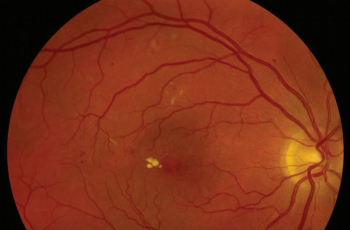
Protocol V delves into observation of disease.

Women 34% less likely to receive retinal detachment repair.
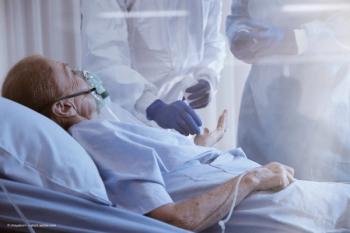
Physicians step-up in emergency departments during COVID-19 surge.

Investigators reviewing options that include bifocals, low-dose atropine drops

Treatment of patients with COVID-19 should include ophthalmic considerations.

Organization works to ensure clinical care and access for high-risk patients.

Community involvement, research continue to boost treatment in pediatric population.

Ocular symptoms in COVID-19 patients may be more common than previously thought — with sore eyes a significant sign of disease.

Spaceflight-associated neuro-ocular syndrome a potential challenge during long missions.

A novel ocular corticosteroid is offering hope of quick results for patients.